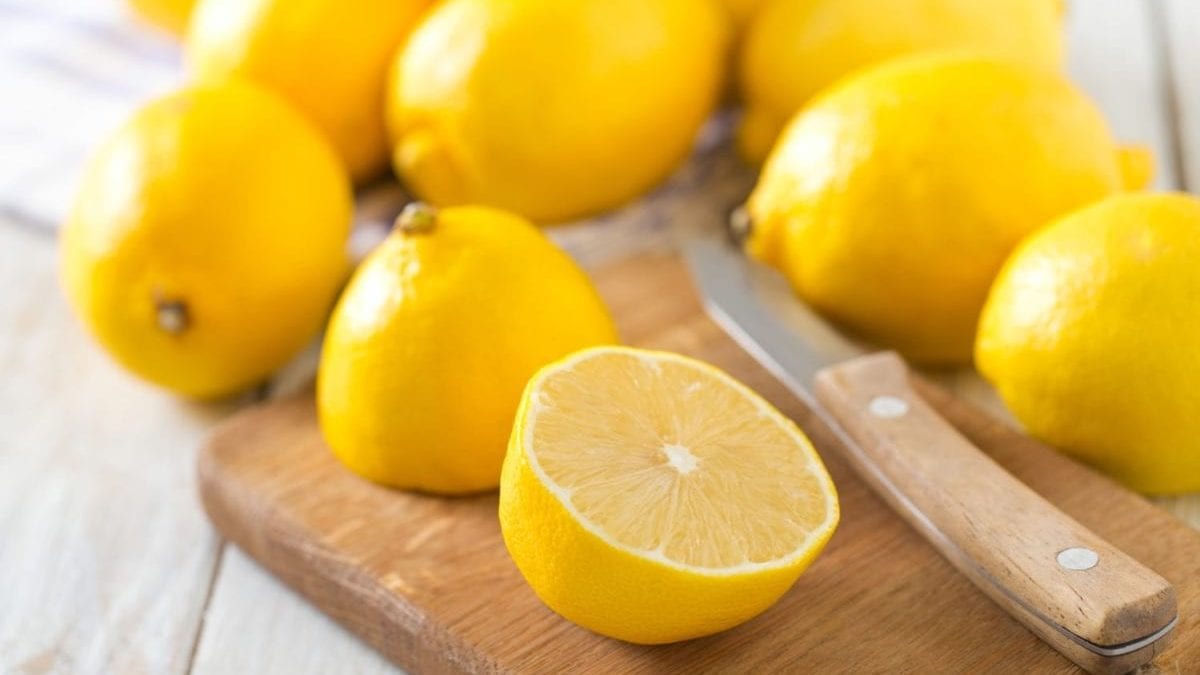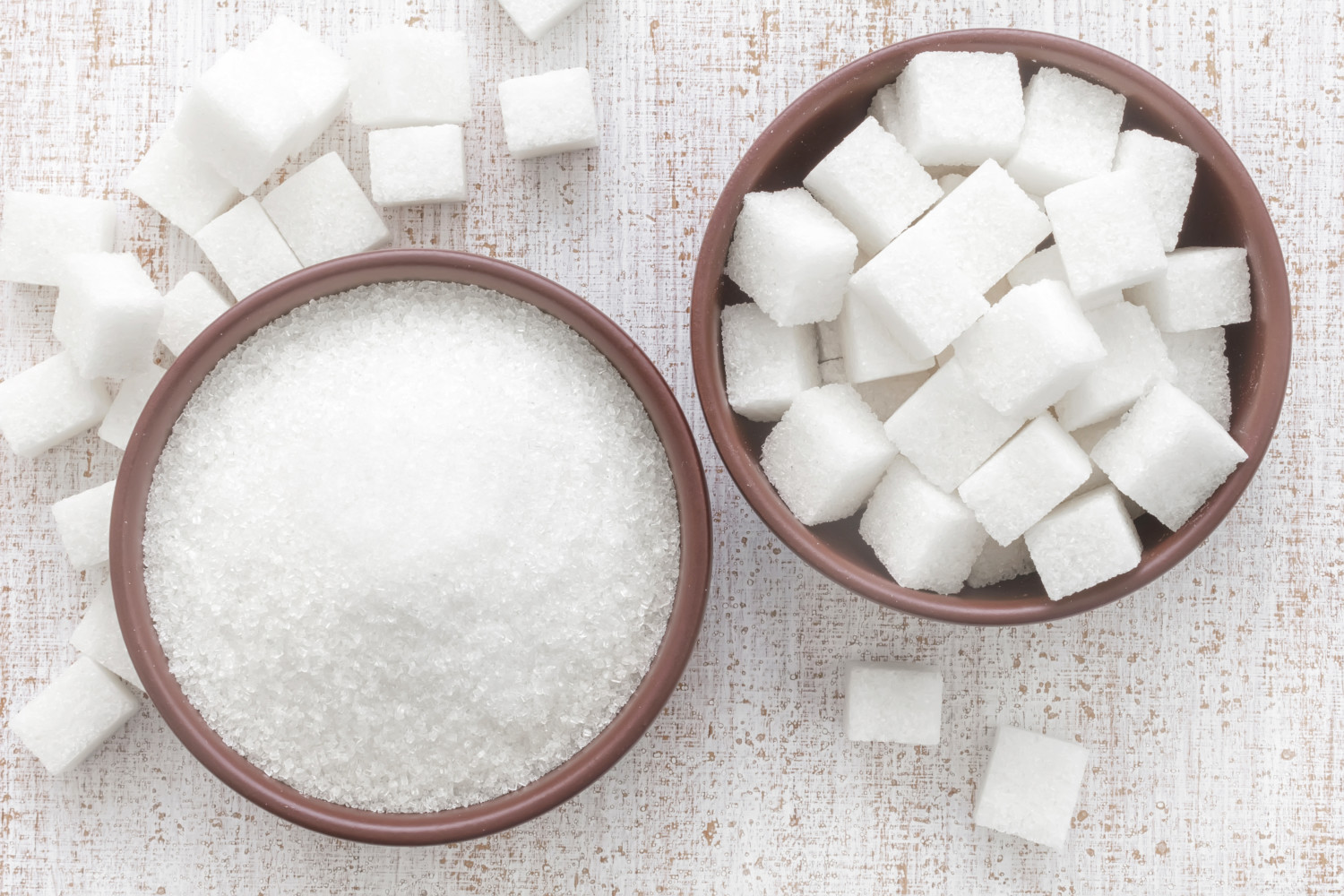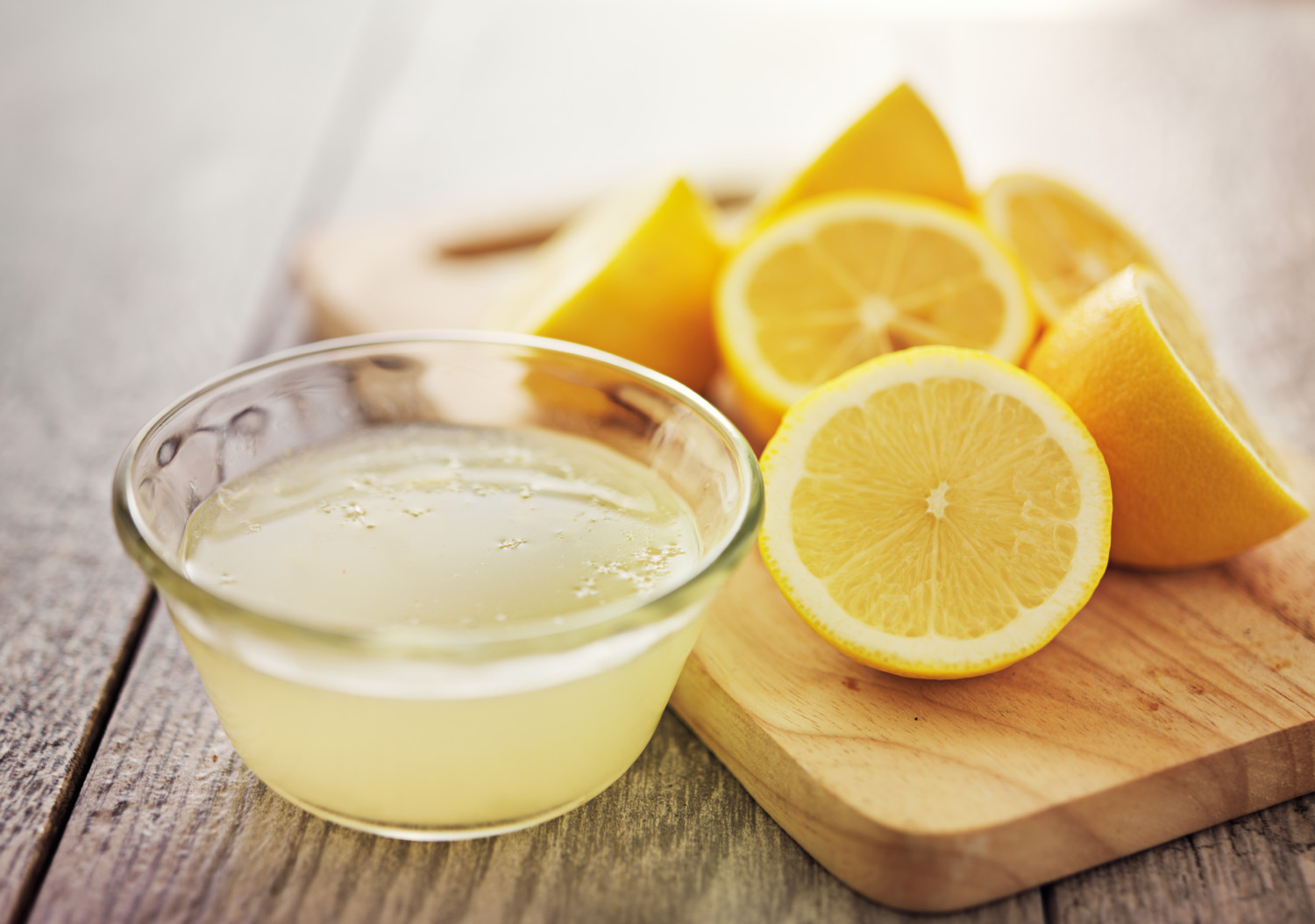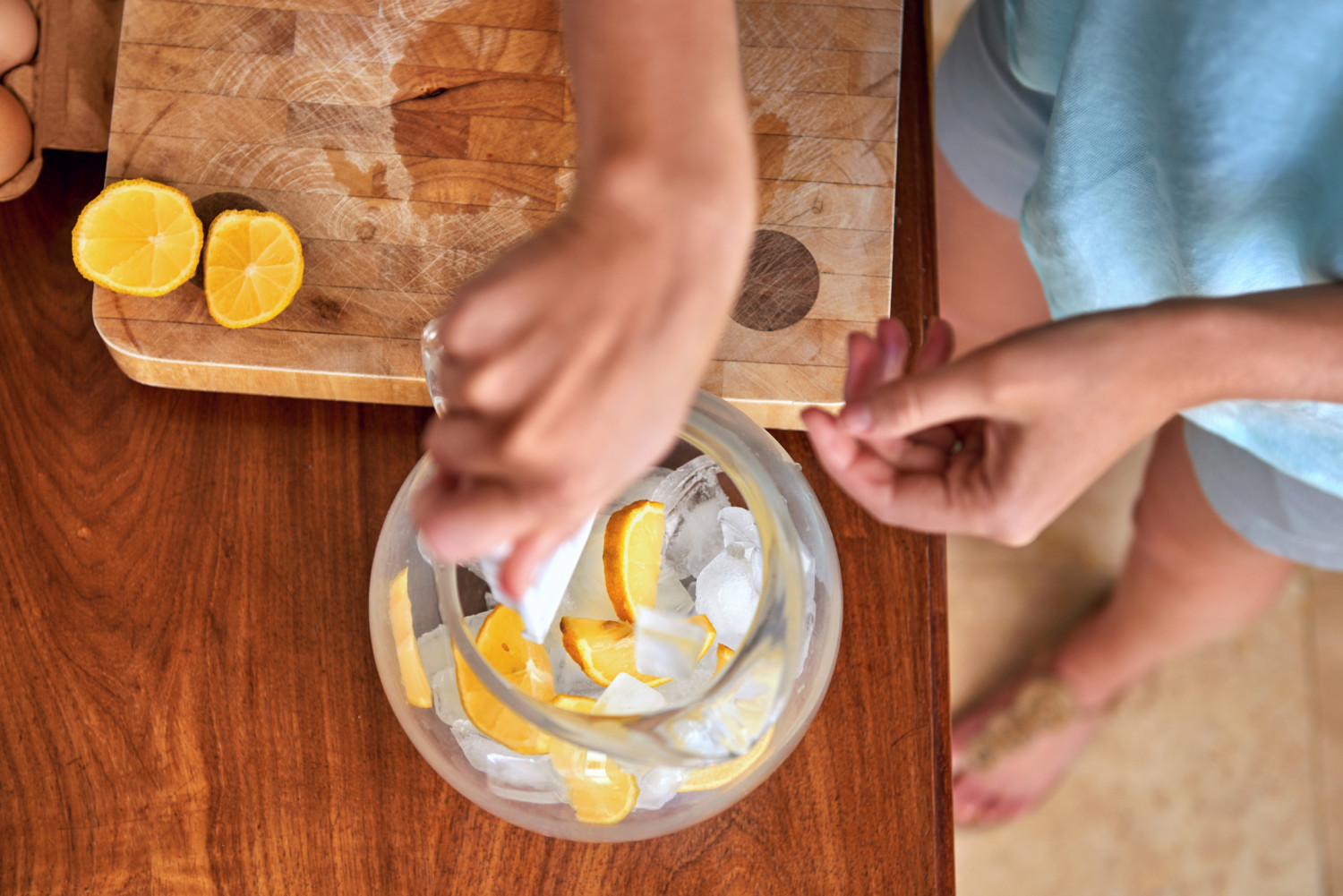The products and services mentioned below were selected independent of sales and advertising. However, Simplemost may receive a small commission from the purchase of any products or services through an affiliate link to the retailer's website.
What would summer be without lemonade? Hot days simply require its ice-cold, sweet and citrus-bright flavor. It just might be the perfect refreshment.
You can buy it store-bought or make it from a mix, but nothing compares to fresh, homemade lemonade. It might be a bit more work, but that extra time and care will show through when you pour a tall, frosty glass on a steamy afternoon.
We’re getting thirsty just thinking about it. Read on for tips on how to make lemonade the old-fashioned way.
Step 1: Choose Your Lemons
As with most recipes, the work begins at the grocery store. It’s worth your time to be a little picky about your fruit, so don’t just grab a bag of lemons and call it good.
Take a few moments to peruse your store’s lemon display. Look for lemons with good color — ones that are too pale might be a bit old and dry. Make sure the peel is unblemished and doesn’t have any unripe green spots.
A good lemon may also feel a bit heavy and release a whiff of enticing lemon aroma. You want something ripe, plump and juicy. The more lemonade you’re making, the more lemons you should buy — and since they’re such a versatile ingredient, don’t be too worried about buying a few extra.
You can also give Meyer lemons a try if you’re feeling fancy. They’re sweeter and have a hint of herbal, even floral flavor in the rind.

Step 2: Select Your Sweet Stuff
White, refined sugar is the classic choice for lemonade. You can decide not to stray too far from this — or go for something different.
Alternative sweeteners, like honey or coconut sugar, may change the flavor profile slightly and will affect the texture and look of the drink. (Brown sugar lemonade that looks like tea and has caramel notes is probably not what a guest is expecting, but can be lovely too.) Still, feel free to experiment; you might enjoy the subtle addition of maple or a stronger sweetness.
Of course, if you’re watching your carbs, it’s your call whether to use a sugar substitute like Splenda.

Step 3: Get Juicing
This is where it gets serious. When perfecting your method on how to make lemonade, you want to maximize the amount of juice you get out of those carefully selected lemons. Choose your juicing method with that in mind.
If you’ve got a juicer, definitely use that. If not, consider using a citrus reamer to smoosh out as much juice as you can. An old-school hand juicer works fine, too, though it’ll be pretty labor-intensive.
Whatever tool you use, make sure to strain out any seeds or other bits that make it into the juice. This is also a good time to collect some zest from the lemon peels, in case you need to add even more lemony goodness to your glass.

Step 4: Put It All Together To Make Lemonade
We’re almost there! However, there are lots of ways to mix up lemon juice, sugar and water, and it all depends on how much time you want to take and your own tastes.
You can throw everything in a blender. You can make a simple syrup. If you’ve got the time and the will, you can macerate lemons for 12 hours or make your own lemonade concentrate.

No matter which method you choose, be willing to dial in the flavors to your liking. It might take a little more water, or another dash or two of sugar — maybe even a touch of salt — but the extra effort will be worth it when you tip back that first, thirst-quenching sip. You can even add in extra fruit flavors, like strawberry or watermelon, or switch things up by using sparkling water. Now you know exactly how to make the best lemonade!
This story originally appeared on Simplemost. Checkout Simplemost for additional stories.


